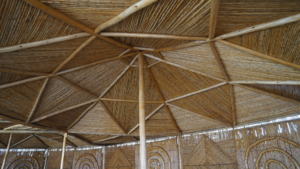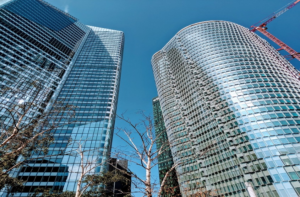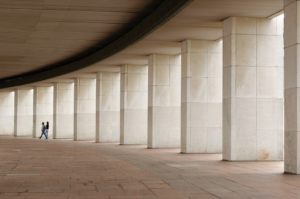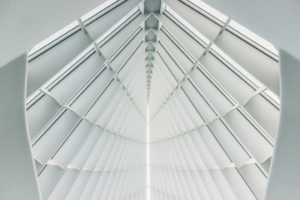Menu
Every day, the impacts of the climate crisis are becoming more and more apparent across the globe, reminding us that immediate action is necessary. As we observe changes in our environment, such as rising temperatures and extreme weather conditions, the need for comprehensive solutions becomes imperative. Below, you will discover some of the most innovative ecological materials that can provide a solution and make your home greener and more sustainable.




Developed by Cactus